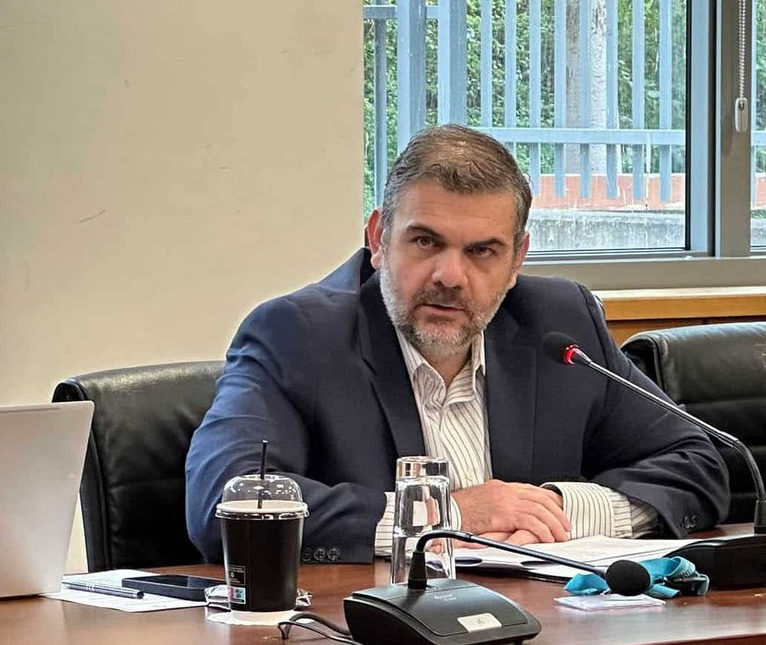President of the Fiscal Council Michalis Persianis made a revelation at the House finance committee on Monday during the discussion of the 2025 state budget, that was largely ignored. He said that the size of the state in proportion to the size of the economy had increased from 29 per cent 15 years ago, to 45 per cent today.
This is a huge increase considering the GDP has increased significantly since 2009 and we had been in an assistance programme for three years, from 2013 to 2016, during which the government was pushed by the international lenders to cut public spending and reduce the size of the state. Some temporary measures were taken, that were eventually lifted, gradually taking the state back to square one.
Persianis also pointed out that the substantial rise in the cost of the state machinery and the increase of inelastic expenditure were not accompanied by an improvement in the services offered to citizens. The quality of service provided had not improved and neither had the speed of the service. He also said the cost-benefit ratio was deteriorating for citizens. Put simply, we are paying a lot more for the same, poor standard, state services.
Although governments have consistently paid lip service to digitalisation and a deputy ministry was set up to take the state into the digital era this is happening at a snail’s pace. It has not even led to the reduction of staff numbers. On the contrary, the number of public employees has been rising, in spite of digitalisation, a point highlighted by Persianis. He told deputies that despite the progress at digital points of contact with citizens, much smaller progress had been made digitally in the state’s internal handling of matters.
Governor of the Central Bank Christodoulos Patsalides expressed similar concerns at the committee although he took a more diplomatic approach. The handling of inelastic expenditure, he said, in reference to the constantly growing public payroll, merited particular attention. In good times, like now – when the economy is growing – revenue comes easily to the state, both as a result of inflation and increased revenue from taxation. But the real test of public finances would come when there is an economic slowdown and the inelastic expenditure remains.
In times of prosperity, Patsalides said, it was “essential to create reserves in all sectors of the economy, thus securing our resilience in the event of future difficulties.” This was another subtle warning to the government, by the governor, who nevertheless acknowledged that the 2025 budget was moving in the right direction. He did say however that for a budget surplus to be deemed “sustainable” it would have to be tested in difficult times.
The implication was that the government’s decisions were based on the assumption that the economic upturn would last for the next few years. The current uncertainty in world affairs does not justify such an assumption which is why the government should have shown a little more caution in preparing its 2025 budget.







Click here to change your cookie preferences